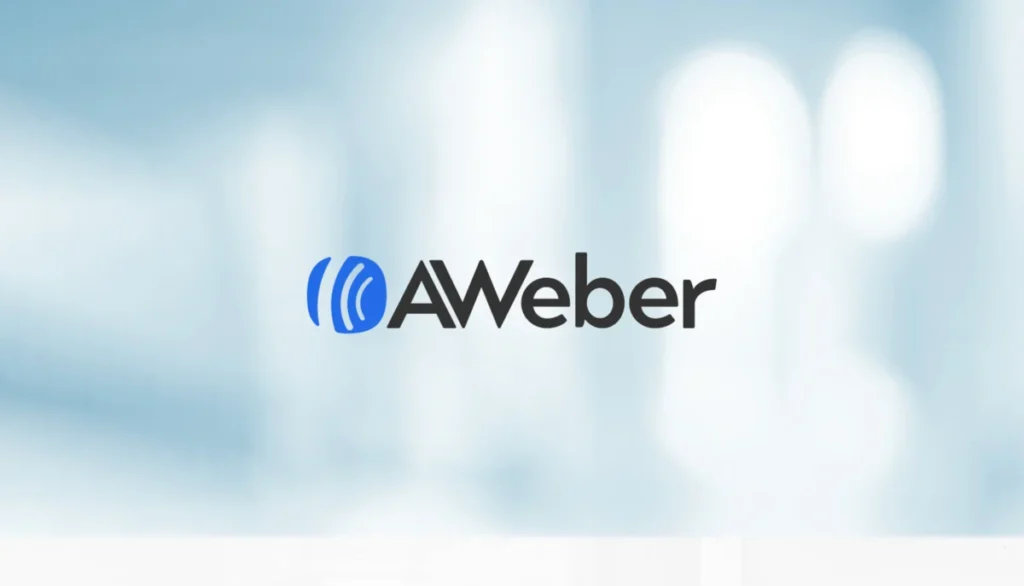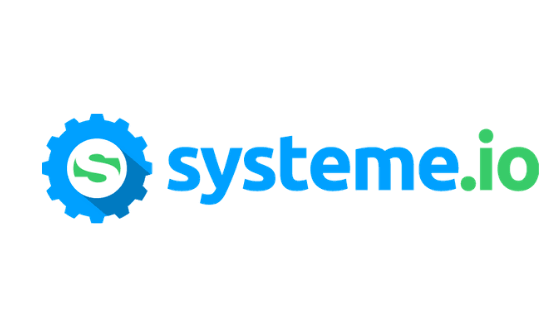Aweber is a powerful email marketing platform that has been serving businesses and marketers since its inception in 1998. Designed to help users create, manage, and optimize their email campaigns, Aweber offers a suite of tools that cater to both beginners and seasoned professionals. With its user-friendly interface and robust features, Aweber enables businesses to build and maintain relationships with their audience through effective communication.
The platform supports various marketing strategies, from simple newsletters to complex automated campaigns, making it a versatile choice for organizations of all sizes. One of the standout features of Aweber is its commitment to deliverability. The platform employs advanced technologies and best practices to ensure that emails reach their intended recipients’ inboxes rather than being filtered into spam folders.
This focus on deliverability is crucial for businesses that rely on email marketing as a primary channel for customer engagement. Additionally, Aweber provides extensive resources, including tutorials, webinars, and customer support, to help users navigate the complexities of email marketing. As a result, Aweber has established itself as a trusted partner for businesses looking to harness the power of email to drive growth and engagement.
Key Takeaways
- Aweber is a popular email marketing platform that helps businesses create and manage effective email campaigns.
- Setting up an Aweber account is easy and straightforward, requiring only basic information and email verification.
- Creating effective email campaigns with Aweber involves designing visually appealing emails, writing compelling content, and segmenting your audience for targeted messaging.
- Aweber’s automation features allow users to set up automated email sequences, tag subscribers based on their behavior, and personalize the customer experience.
- Analyzing email marketing performance with Aweber involves tracking open rates, click-through rates, and conversion metrics to optimize future campaigns.
Setting up an Aweber account
Setting up an Aweber account is a straightforward process that can be completed in just a few minutes. To begin, users need to visit the Aweber website and click on the “Sign Up” button. This action will direct them to a registration form where they must provide essential information such as their name, email address, and a password.
Once the form is filled out, users will receive a confirmation email prompting them to verify their account. This step is crucial as it ensures that the email address provided is valid and allows Aweber to communicate important information regarding the account. After verifying the email address, users can log into their new Aweber account and start customizing their settings.
The platform offers a guided setup process that helps users configure their account according to their specific needs. This includes setting up their business profile, selecting an email list name, and choosing the appropriate plan based on their marketing goals. Aweber also provides options for integrating with existing websites or social media accounts, allowing users to seamlessly connect their marketing efforts across different channels.
By taking these initial steps, users lay a solid foundation for their email marketing campaigns.
Creating effective email campaigns

Creating effective email campaigns is at the heart of any successful email marketing strategy, and Aweber provides users with the tools necessary to craft compelling messages. The platform features a drag-and-drop email builder that simplifies the design process, allowing users to create visually appealing emails without any coding knowledge. Users can choose from a variety of pre-designed templates or start from scratch, ensuring that their emails align with their brand identity.
The ability to customize elements such as fonts, colors, and images empowers marketers to create unique emails that resonate with their audience. In addition to design capabilities, Aweber emphasizes the importance of content in driving engagement. Users are encouraged to focus on crafting clear and concise messages that provide value to their subscribers.
This can include informative articles, promotional offers, or personalized recommendations based on subscriber behavior. Aweber also allows for segmentation of email lists, enabling marketers to target specific groups with tailored content. By understanding their audience’s preferences and behaviors, businesses can increase open rates and click-through rates, ultimately leading to higher conversion rates.
Using Aweber’s automation features
| Metrics | Data |
|---|---|
| Number of automated email sequences | 10 |
| Open rate of automated emails | 25% |
| Click-through rate of automated emails | 15% |
| Conversion rate from automated emails | 5% |
Aweber’s automation features are designed to streamline the email marketing process and enhance user engagement through timely communication. One of the key components of this automation is the ability to set up autoresponders, which are pre-scheduled emails sent automatically based on specific triggers or timelines. For instance, businesses can create a welcome series for new subscribers that introduces them to the brand and its offerings over several days or weeks.
This not only saves time but also ensures that subscribers receive relevant information at critical points in their journey. Moreover, Aweber’s automation capabilities extend beyond simple autoresponders. Users can implement advanced workflows that respond dynamically to subscriber actions, such as opening an email or clicking on a link.
This level of personalization allows marketers to nurture leads more effectively by delivering content that aligns with individual interests and behaviors. For example, if a subscriber clicks on a link related to a specific product category, Aweber can trigger follow-up emails featuring similar products or related content. By leveraging these automation features, businesses can maintain consistent communication with their audience while optimizing their marketing efforts.
Analyzing email marketing performance with Aweber
Analyzing the performance of email marketing campaigns is essential for understanding what works and what needs improvement. Aweber provides users with comprehensive analytics tools that track key metrics such as open rates, click-through rates, bounce rates, and unsubscribe rates. These insights allow marketers to gauge the effectiveness of their campaigns and make data-driven decisions moving forward.
For instance, if a particular email campaign has a low open rate, users can experiment with different subject lines or send times to determine what resonates better with their audience. In addition to standard metrics, Aweber offers advanced reporting features that enable users to segment data for deeper analysis. Marketers can compare the performance of different campaigns or analyze subscriber behavior over time.
This level of granularity helps identify trends and patterns that can inform future strategies. Furthermore, Aweber’s integration with Google Analytics allows users to track website traffic generated from email campaigns, providing a holistic view of how email marketing contributes to overall business goals. By continuously monitoring performance and adjusting strategies accordingly, businesses can maximize the impact of their email marketing efforts.
Integrating Aweber with other marketing tools

Aweber recognizes that effective marketing often requires a multi-channel approach, which is why it offers seamless integration with various third-party tools and platforms. Users can connect Aweber with popular customer relationship management (CRM) systems like Salesforce or HubSpot, allowing for better management of customer data and interactions. This integration ensures that marketers have access to comprehensive insights about their audience, enabling them to tailor their email campaigns more effectively based on customer history and preferences.
Additionally, Aweber integrates with e-commerce platforms such as Shopify and WooCommerce, making it easier for online retailers to engage with customers through targeted email campaigns. For example, businesses can set up automated emails that follow up with customers after a purchase or remind them about items left in their shopping cart. These integrations not only enhance the functionality of Aweber but also streamline workflows by reducing manual data entry and ensuring consistency across marketing channels.
By leveraging these integrations, businesses can create cohesive marketing strategies that drive engagement and conversions.
Best practices for maximizing email marketing with Aweber
To maximize the effectiveness of email marketing campaigns using Aweber, businesses should adhere to several best practices that enhance engagement and foster subscriber loyalty. First and foremost, building a quality email list is crucial; this means focusing on attracting subscribers who are genuinely interested in the brand’s offerings rather than simply aiming for large numbers. Techniques such as offering valuable content in exchange for email sign-ups or utilizing lead magnets can help attract high-quality leads who are more likely to engage with future campaigns.
Another best practice involves maintaining consistent communication without overwhelming subscribers. Businesses should establish a regular sending schedule that keeps their audience informed without inundating them with emails. This balance helps build trust and keeps subscribers engaged over time.
Additionally, personalizing emails based on subscriber behavior—such as past purchases or browsing history—can significantly enhance engagement rates. By tailoring content to meet individual preferences and needs, businesses can create more meaningful connections with their audience.
Conclusion and next steps
In conclusion, Aweber stands out as a comprehensive solution for businesses looking to harness the power of email marketing effectively. From setting up an account to creating engaging campaigns and analyzing performance metrics, Aweber provides users with the tools necessary for success in today’s competitive digital landscape. Its automation features allow marketers to streamline processes while maintaining personalized communication with subscribers—a critical factor in fostering long-term relationships.
As businesses embark on their email marketing journey with Aweber, it is essential to continuously learn and adapt strategies based on performance data and industry trends. Taking advantage of Aweber’s extensive resources—such as tutorials and customer support—can further enhance users’ understanding of the platform’s capabilities. By implementing best practices and leveraging automation features effectively, businesses can maximize their email marketing efforts and drive meaningful results in terms of engagement and conversions.
The next steps involve exploring these features in-depth and experimenting with different strategies to find what works best for each unique audience.
FAQs
What is Aweber?
Aweber is an email marketing platform that allows businesses to create and send professional email campaigns to their subscribers.
What are the key features of Aweber?
Aweber offers features such as email automation, drag-and-drop email builder, subscriber segmentation, analytics and reporting, and integrations with other marketing tools.
How does Aweber help businesses?
Aweber helps businesses to build and maintain relationships with their customers through targeted and personalized email marketing campaigns.
Is Aweber easy to use?
Aweber is known for its user-friendly interface and easy-to-use tools, making it accessible for businesses of all sizes.
What kind of businesses can benefit from Aweber?
Aweber is suitable for small to medium-sized businesses, entrepreneurs, and bloggers who want to engage with their audience through email marketing.



